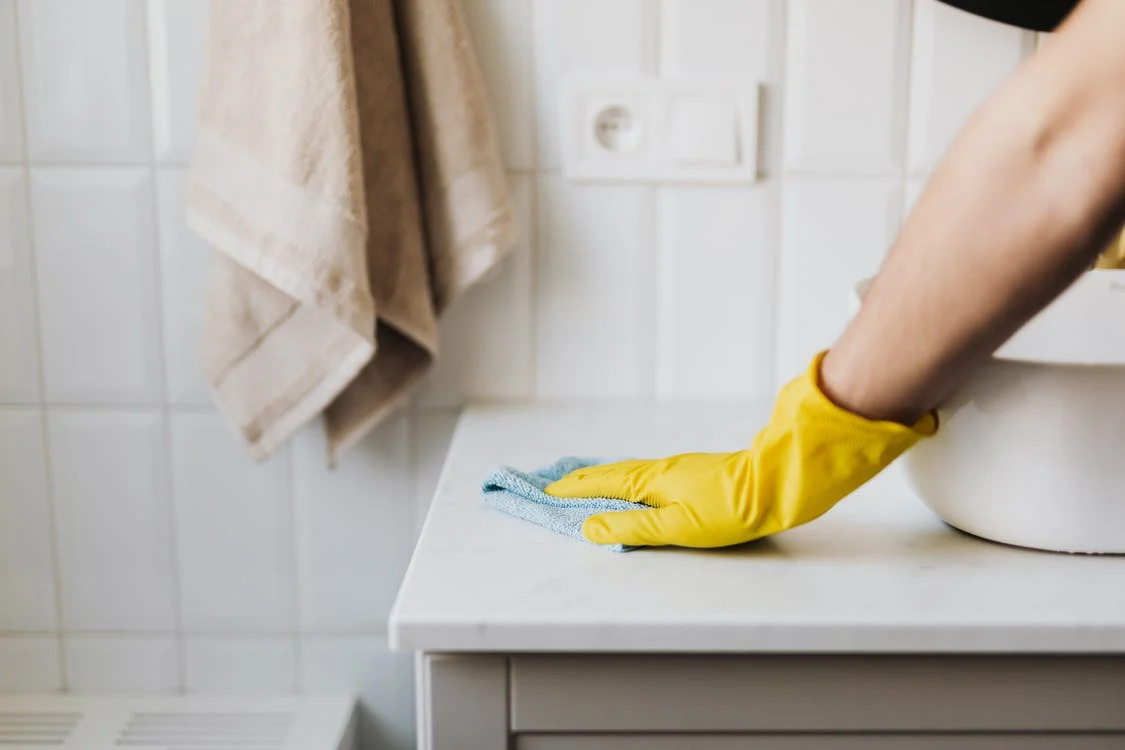5 Key Features to Look for When You Shop Sanitary Cleaning Systems

A well-designed sanitary cleaning system can make daily bathroom upkeep easier, faster, and more hygienic. The right choice can also improve comfort and extend the life of fixtures. Knowing which features matter most helps anyone make a smart purchase that fits both their needs and space.
Modern options now include materials and designs that reduce germs, cut down on maintenance, and protect surfaces from wear. By understanding these key features, anyone can choose systems that deliver long-term value without unnecessary extras.
1. Antibacterial coatings for improved hygiene
Antibacterial coatings help reduce the growth of bacteria, viruses, and fungi on surfaces. They use agents such as silver or copper to make surfaces less likely to harbor harmful microorganisms. This feature is especially useful in areas where hygiene control is a priority.
In sanitary cleaning systems, these coatings can protect high-touch parts like spray nozzles, tanks, and handles. They work as an added layer of defense alongside regular cleaning methods. This can help maintain cleaner surfaces between cleaning cycles.
Facilities that shop sanitary cleaning system models with antibacterial coatings may see benefits in hygiene-sensitive environments. For example, food processing, healthcare, and laboratory settings often require surfaces that resist microbial buildup.
The durability of these coatings can also reduce the need for frequent surface replacements. By slowing microbial growth, they can help extend the lifespan of equipment while supporting consistent sanitary conditions.
2. Self-cleaning technology to reduce maintenance
Self-cleaning systems use built-in mechanisms to keep surfaces sanitary with less manual effort. Many models spray water or cleaning solutions inside the bowl after each use. This helps reduce the buildup of stains and bacteria over time.
Some systems use UV light to target germs on contact surfaces. Others include self-cleaning nozzles that rinse themselves after use. These features can help maintain hygiene without frequent scrubbing.
Because they require less harsh chemical use, self-cleaning toilets can help protect materials from wear. They may also use less water compared to traditional cleaning methods. This can make them more efficient and eco-friendly.
Automated cleaning cycles often activate on a schedule or after each flush. As a result, the toilet stays fresh between deep cleans. This can save time for households and reduce the need for strong cleaners.
For those seeking low-maintenance sanitary fixtures, self-cleaning technology offers a practical solution. It combines convenience with consistent cleanliness in daily use.
3. Soft-close mechanisms to prevent noise and damage
Soft-close mechanisms use a controlled closing action that slows doors or drawers before they shut. This prevents loud slams and reduces vibration in the surrounding surfaces. As a result, the space stays quieter and more pleasant to use.
The gentle closure also reduces strain on hinges, slides, and cabinet frames. Less impact means fewer loose screws, cracks, or worn parts over time. This can help extend the lifespan of the furniture or fixtures.
In addition, soft-close features improve safety. The slowed motion lowers the risk of pinched fingers, especially in homes with children. It also prevents items inside from shifting or tipping due to sudden movement.
Many systems use hydraulic or spring-based technology to control the closing speed. These parts work inside the hinge or slide and require little maintenance. Therefore, the mechanism remains effective for years without frequent adjustments.
4. Quick-release hinges for easy cleaning
Quick-release hinges allow a toilet seat to detach from the bowl in seconds. This feature gives direct access to areas that are normally hard to reach with standard cleaning methods. As a result, users can remove built-up dirt more effectively.
These hinges often use a simple button or latch mechanism. No tools are required, which saves time during regular bathroom upkeep. This design also reduces the need to scrub around tight corners.
Manufacturers use materials like stainless steel or durable plastic for the hinge parts. These materials resist corrosion and wear from frequent use. They also help maintain a smooth operation over time.
A quick-release system supports better hygiene. By removing the seat completely, users can clean both the seat and the mounting area more thoroughly. This approach helps keep the toilet area fresh and sanitary with minimal effort.
5. Durable vitreous china or ceramic material
Vitreous china and ceramic are two common materials for sanitary fixtures. Both come from natural clays fired at high temperatures to create a hard surface. Vitreous china has a layer of glaze that gives it a smooth, glossy finish and adds extra resistance to stains and water absorption.
Ceramic is also durable but usually has a slightly less glossy appearance. It works well for fixtures in homes and can last many years with proper care. However, it may show wear sooner in high-traffic areas compared to vitreous china.
Vitreous china tends to resist scratches and discoloration better. This makes it a strong choice for sinks, toilets, and basins that see daily use. Its surface also cleans easily with mild soap and water.
Ceramic remains a practical option for those who want a durable fixture at a lower cost. It provides good performance in bathrooms with moderate use and offers a variety of design styles to match different interiors.
Conclusion
A well-chosen sanitary cleaning system meets the needs of the space, supports hygiene goals, and fits the available budget. Thoughtful selection helps avoid problems with maintenance, durability, and compatibility.
Buyers should weigh factors such as ease of use, water and energy efficiency, and material quality. These considerations lead to better long-term performance and lower upkeep costs.
Design, size, and installation requirements also play a role in how well the system fits into the intended environment. By balancing these elements, users can select a system that works effectively and lasts for years.
Published 8/21/25